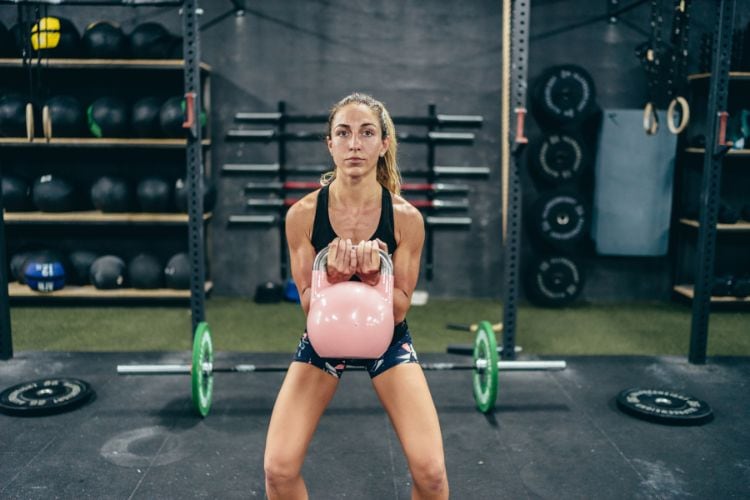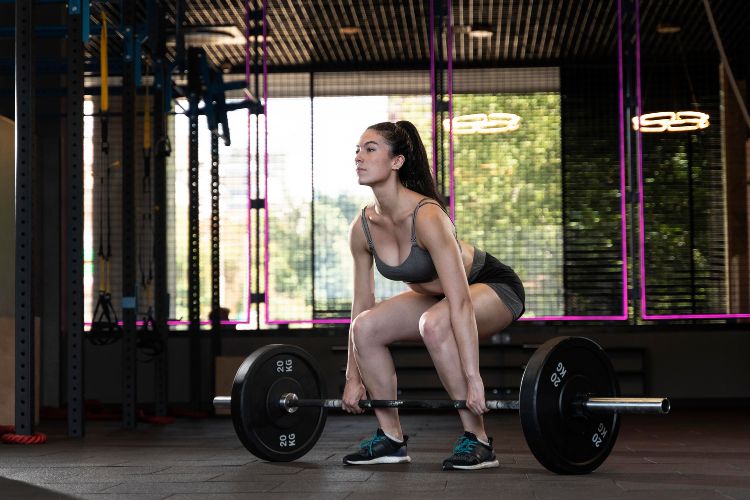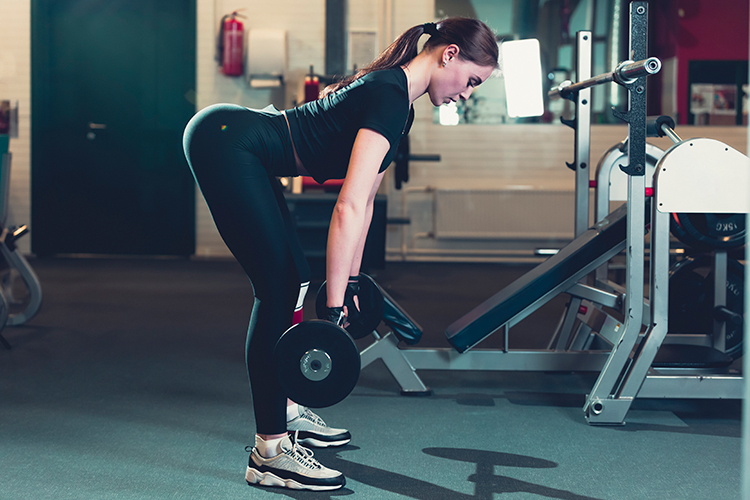Sign up for workout ideas, training advice, reviews of the latest gear and more.




When it comes to building a strong and toned back, few exercises can rival the effectiveness of the bent over row. This versatile exercise not only targets multiple muscle groups but also improves posture, enhances overall strength, and boosts athletic performance. In this comprehensive guide, we will delve into the benefits, techniques, variations, and tips for mastering the bent over row, ensuring that you can incorporate this powerful move into your fitness routine with confidence.
The bent over row is a compound exercise, meaning it engages multiple muscle groups simultaneously. Primarily targeting the latissimus dorsi (lats), rhomboids, trapezius, and rear deltoids, this exercise is essential for developing a strong and muscular back. Additionally, it recruits the biceps, forearms, and core muscles, making it a full-body movement that enhances overall strength.
In today’s world, many people spend hours hunched over desks or staring at screens, leading to poor posture and back pain. Bent over rows counteract this by strengthening the upper back and rear shoulder muscles, which are crucial for maintaining an upright posture. Regularly performing this exercise can help correct rounded shoulders and alleviate tension in the upper back.
Whether you’re an athlete or simply enjoy staying active, a strong back is vital for optimal performance. Bent over rows improve pulling strength, which is essential for activities such as swimming, rock climbing, and rowing. Furthermore, a well-developed back provides stability and support during various movements, reducing the risk of injury.
Mastering the bent over row requires attention to form and technique. Here’s a step-by-step guide to ensure you perform this exercise correctly and safely.
To keep your workouts interesting and target different muscle fibers, consider incorporating these variations of the bent over row into your routine.
Using dumbbells allows for a greater range of motion and helps address muscle imbalances. Here’s how to perform it:
This variation isolates each side of your back, promoting balanced muscle development.
The barbell variation allows for heavier loads, making it ideal for building strength and mass.
The T-bar row is another great option for targeting the back muscles, often allowing for more weight to be lifted comfortably.
Bent over rows can be included in various workout routines, whether you’re focusing on strength training, hypertrophy, or overall fitness. Here are some tips on how to integrate them effectively.
For strength training, perform bent over rows with heavier weights and lower repetitions. Aim for 3-5 sets of 4-6 reps, focusing on maintaining proper form and gradually increasing the load as you progress.
To build muscle mass, incorporate bent over rows into your hypertrophy training routine. Perform 3-4 sets of 8-12 reps, using a weight that challenges you but still allows for controlled movements.
Bent over rows can be part of a full-body workout, ensuring balanced muscle development. Combine them with exercises targeting other major muscle groups, such as squats, deadlifts, and bench presses.
For a more intense workout, include bent over rows in supersets or circuits. Pair them with complementary exercises like push-ups, planks, or other rowing variations to keep your heart rate up and maximize calorie burn.
To get the most out of your bent over row workouts, keep these tips in mind:
Always start your workout with a proper warm-up to prepare your muscles and joints for the exercises ahead. Include dynamic stretches and mobility drills to enhance your range of motion and reduce the risk of injury.
Prioritize proper form over lifting heavier weights. Good form ensures that you’re targeting the right muscles and prevents unnecessary strain on your back and shoulders.
Gradually increase the weight you lift to continue challenging your muscles and promoting growth. However, ensure that you maintain proper form even as you increase the load.
Pay attention to how your body feels during and after your workouts. If you experience pain or discomfort, it’s essential to address it promptly and adjust your training as needed.
Allow your muscles time to recover between workouts, and fuel your body with proper nutrition. Adequate protein intake and hydration are crucial for muscle repair and growth.
Yes, beginners can perform bent over rows, but it’s crucial to start with lighter weights and focus on mastering the correct form. Consider working with a trainer to ensure you’re performing the exercise safely and effectively.
Incorporate bent over rows into your routine 2-3 times per week, allowing for adequate rest between sessions. This frequency ensures that you can progressively build strength and muscle without overtraining.
Yes, there are several alternative exercises that target similar muscle groups, such as seated cable rows, inverted rows, and lat pulldowns. These variations can add variety to your workouts and prevent plateaus.
If you have lower back issues, it’s essential to consult with a healthcare professional or physical therapist before performing bent over rows. They can provide guidance on modifications or alternative exercises that are safer for your condition.
Shoulder pain during bent over rows could indicate improper form or overuse. Ensure that you’re keeping your elbows close to your body and not flaring them out. If the pain persists, consider seeking advice from a healthcare professional or trainer.
Bent over rows are a powerful addition to any fitness routine, offering numerous benefits for strength, muscle development, posture, and overall athletic performance. By mastering proper form, incorporating variations, and following best practices, you can harness the full potential of this exercise. Remember to start with appropriate weights, progress gradually, and listen to your body to achieve optimal results. Whether you’re a beginner or an experienced lifter, the bent over row is a versatile move that can help you build a strong, sculpted back and enhance your overall fitness journey.
Stay up to date on the latest women’s health, fitness and lifestyle trends and tips.